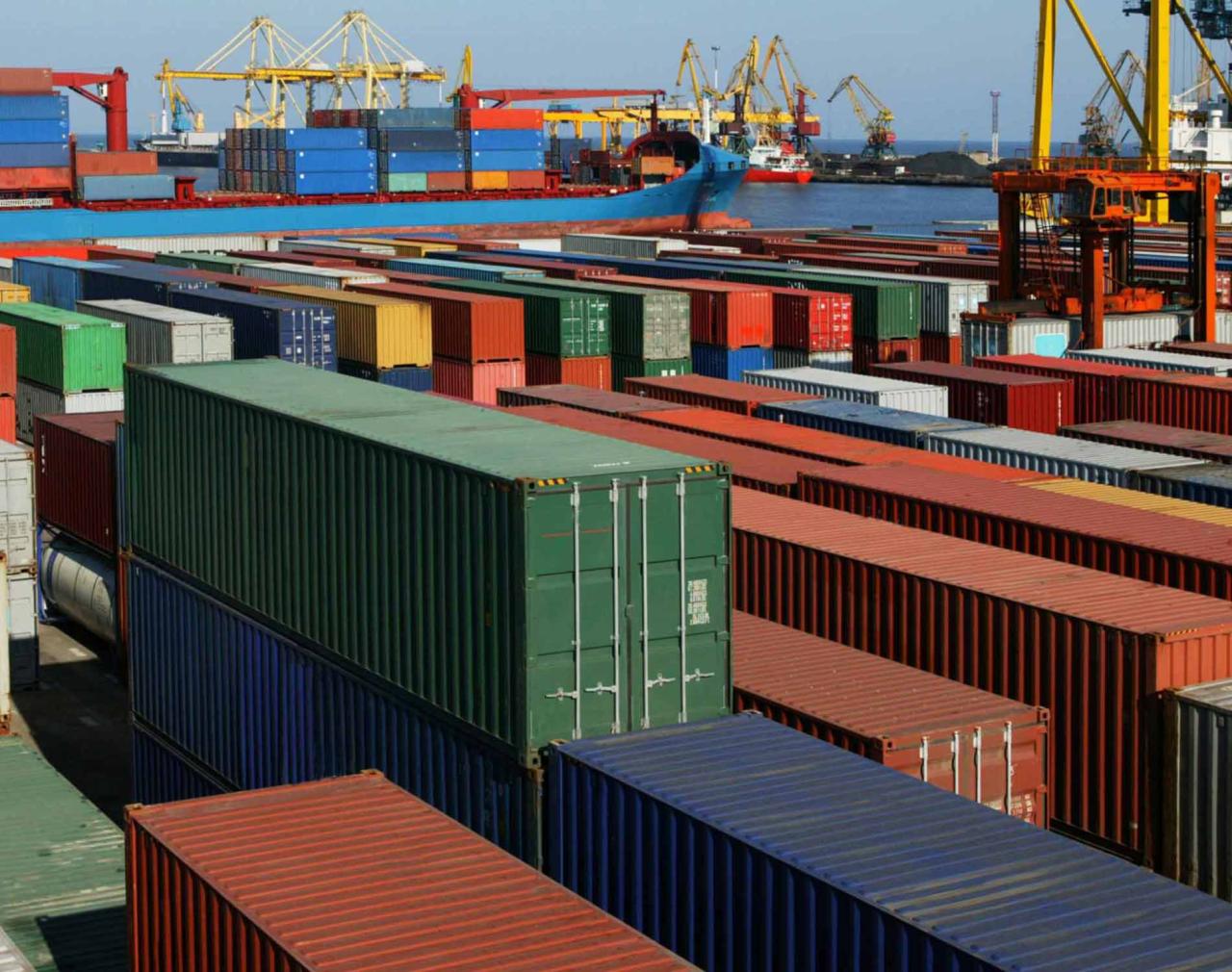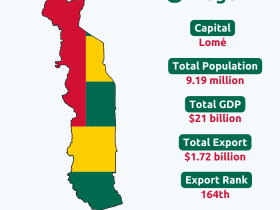
Turkmenistan’s main exported goods
Turkmenistan’s economy is largely driven by its natural resources, particularly its vast reserves of natural gas, oil, and other commodities. The country’s export portfolio is dominated by energy resources, alongside some agricultural and industrial goods. Below is an overview of Turkmenistan’s main exported goods:
1. Natural Gas
Turkmenistan is among the top holders of natural gas reserves globally, with the Galkynysh gas field being one of the largest in the world. Natural gas accounts for a significant portion of the country’s export revenues. Turkmenistan exports gas primarily to countries like China, which has become its largest buyer through the Central Asia-China Gas Pipeline. Smaller amounts are supplied to Russia and neighboring nations.
2. Crude Oil and Refined Products
Oil and petroleum products are another major export. Turkmenistan produces crude oil and refines it domestically into products such as gasoline, diesel, and lubricants, which are then exported. The oil and gas industries are central to Turkmenistan’s development strategy, with significant investments in modernization and production enhancement.
3. Cotton and Cotton Products
Turkmenistan is one of the world’s largest cotton producers. Referred to locally as “white gold,” cotton is a key export commodity. The country exports raw cotton and processed cotton goods, such as yarn and textiles, primarily to markets in Asia and Europe. The cotton industry is a significant source of employment and income.
4. Electricity
Leveraging its gas reserves, Turkmenistan generates electricity for both domestic consumption and export. The country exports electricity to neighboring nations like Afghanistan, Iran, and Uzbekistan, playing a crucial role in regional energy cooperation.
5. Chemical Products
Turkmenistan has been expanding its chemical industry, producing and exporting fertilizers such as urea and ammonia. These products are derived from its natural gas resources. Major markets for these chemical exports include countries in Asia, the Middle East, and Europe.
6. Textiles
In addition to raw cotton, Turkmenistan exports finished textile products, including fabrics, clothing, and home textiles like carpets. The country has a long-standing tradition of carpet weaving, and its handwoven carpets are particularly renowned for their quality and intricate designs.
7. Agricultural Products
Agriculture is an important sector of the Turkmen economy. In addition to cotton, Turkmenistan exports wheat, fruits, vegetables, and melons. These goods are often sent to neighboring countries and regional markets.
8. Sulfur and Other Minerals
Turkmenistan also exports sulfur and other minerals derived from its hydrocarbon processing facilities. Sulfur is a valuable commodity used in various industrial applications, including fertilizer production.
9. Polymers and Plastics
The development of Turkmenistan’s petrochemical industry has enabled the export of polyethylene and polypropylene, which are used in the production of plastics. These products cater to demand in Asia, Europe, and the Middle East.
10. Liquefied Petroleum Gas (LPG)
LPG is a by-product of the country’s oil and gas production. It is exported to various markets for use as a fuel for cooking, heating, and vehicles.
Key Trading Partners
China is Turkmenistan’s largest trading partner, primarily due to its reliance on Turkmen natural gas. Other significant partners include Russia, Turkey, Afghanistan, Iran, and some European and Middle Eastern countries.
Conclusion
Turkmenistan’s economy is highly dependent on its natural resources, particularly natural gas and oil. The government is actively working to diversify its export base by developing sectors such as agriculture, textiles, and petrochemicals. However, challenges such as limited market access and heavy reliance on a few trading partners persist. These exports play a crucial role in funding the country’s infrastructure projects and development plans.



Leave a Reply